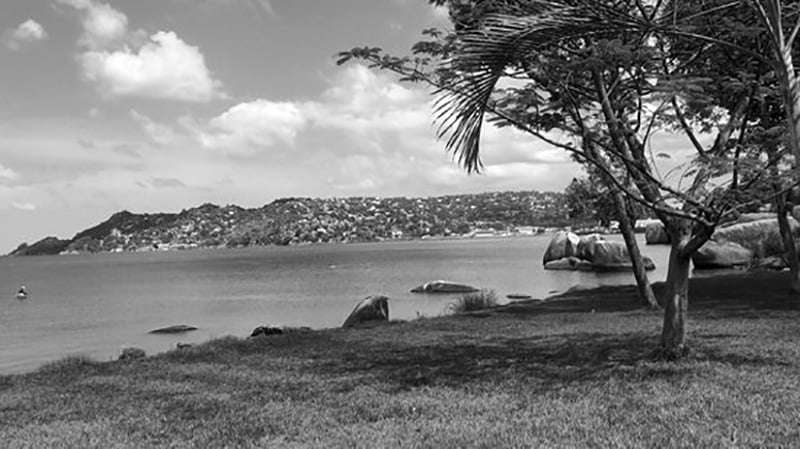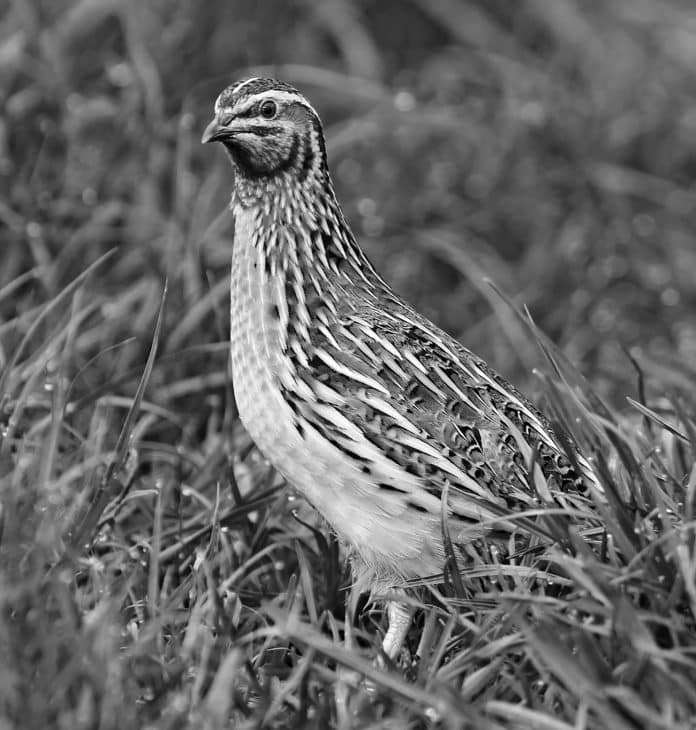Common Quail in Tanzania: A Hidden Gem for Nature Enthusiasts!
Tanzania is a country that is well known for its stunning wildlife and breathtaking natural beauty. However, there is one bird species that is often overlooked by visitors but is a true hidden gem for nature enthusiasts: the Common Quail. In this article, we will explore the habitat, behavior, conservation status, and unique facts about the Common Quail in Tanzania. We will also provide tips for birdwatching and photographing this elusive bird.
Introduction to the Common Quail in Tanzania
The Common Quail, also known as the European Quail, is a small migratory bird that belongs to the family Phasianidae. This bird species is found throughout Europe, North Africa, and parts of Asia. In Tanzania, the Common Quail is a rare but fascinating sight for birdwatchers and nature enthusiasts.
The Common Quail is a small bird, measuring around 17-19 cm in length. The male and female of the species look very similar, with both having a brown and buff plumage with intricate patterns. The male has a distinctive call that is often heard during breeding season.
Habitat and Distribution of the Common Quail in Tanzania
The Common Quail is a migratory bird that breeds in Europe and Asia during the summer months. During winter, they migrate to Africa, including Tanzania, in search of food and warmer weather. The Common Quail is found in a variety of habitats, including grasslands, farmlands, and wetlands.
In Tanzania, the Common Quail is mainly found in the northern regions of the country, including the Serengeti National Park, Ngorongoro Conservation Area, and Lake Victoria. These areas provide ideal habitats for the bird, with ample food sources and suitable nesting sites.

Behavior and Mating Habits of the Common Quail
The Common Quail is a shy and elusive bird that is often difficult to spot. They are mainly active during the early morning and late evening hours, and spend most of the day hiding in the vegetation. During breeding season, the male Common Quail performs an impressive courtship display to attract females. This display involves the male puffing up his chest, spreading his wings, and making a distinctive call.
The female Common Quail lays around 8-12 eggs in a nest on the ground. The eggs are incubated by the female for around 18-20 days before hatching. The young chicks are precocial, which means they are able to move and feed themselves shortly after hatching.
Importance of the Common Quail in the Ecosystem
The Common Quail plays an important role in the ecosystem as a seed disperser and predator of insects. They feed on a variety of seeds and insects, including grasshoppers, beetles, and spiders. By consuming these insects, the Common Quail helps to control their populations and prevent them from damaging crops.
In addition, the Common Quail is an important food source for predators such as snakes, foxes, and birds of prey. Therefore, the conservation of the Common Quail is not only important for the bird itself, but also for the overall health of the ecosystem.
Challenges to Conservation and Protection of the Common Quail in Tanzania
The Common Quail is facing several challenges to its conservation and protection in Tanzania. One of the main threats is habitat loss due to human activities such as farming and development. In addition, hunting and trapping of the Common Quail for food and sport is also a significant threat to the species.
Another challenge is the lack of awareness and understanding of the importance of the Common Quail in the ecosystem. Many people view the bird as a pest or nuisance, and therefore do not take measures to protect it.
Best Places to Spot the Common Quail in Tanzania
If you want to spot the Common Quail in Tanzania, there are several places that are worth visiting. The Serengeti National Park is a great place to see the bird during the winter months. The Ngorongoro Conservation Area is another good spot, especially around the crater rim. Lake Victoria is also a good place to look for the bird, particularly around the wetlands.
Tips for Birdwatching and Photographing the Common Quail
If you are planning to go birdwatching or photographing the Common Quail in Tanzania, there are several tips you should keep in mind. Firstly, be patient and observant. The Common Quail is a shy bird and may take some time to appear. Secondly, wear appropriate clothing and footwear for the terrain and weather conditions. Lastly, use binoculars or a telephoto lens to get a closer look at the bird without disturbing it.
Conservation Efforts for the Common Quail in Tanzania
Several conservation organizations in Tanzania are working to protect the Common Quail and its habitat. These organizations are conducting research on the species, raising awareness about its importance, and working with local communities to promote sustainable land use practices. In addition, some of these organizations are also working to establish protected areas for the Common Quail and other wildlife.
Unique Facts about the Common Quail in Tanzania
- The Common Quail is known for its distinctive call, which sounds like “wet my lips.”
- The bird is a symbol of love and fertility in ancient Greek and Roman mythology.
- The Common Quail is capable of flying non-stop for up to 36 hours during migration.
Conclusion
In conclusion, the Common Quail in Tanzania may not be as well-known as some of the other wildlife in the country, but it is a fascinating and important species to observe and protect. With its unique behavior, distinctive call, and important role in the ecosystem, the Common Quail is truly a hidden gem for nature enthusiasts. By following the tips for birdwatching and photographing the bird, and supporting conservation efforts, we can help ensure that this species continues to thrive in Tanzania’s natural habitats.
For more articles related to Wildlife in Tanzania (Animals), click here!


































